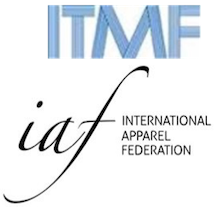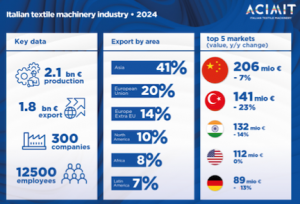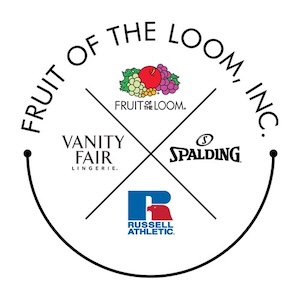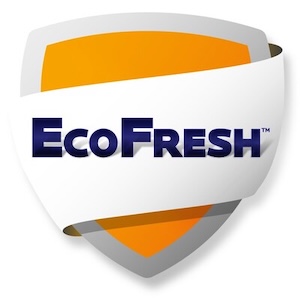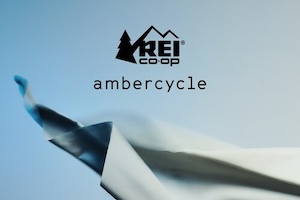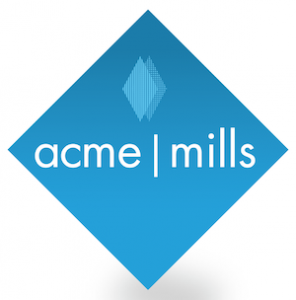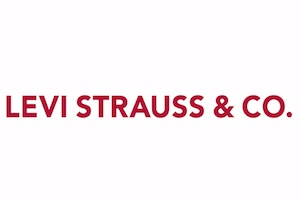 TW Special Report
TW Special Report
Small to mid-sized manufacturers are facing mounting pressure from unpredictable supply chain disruptions. From fluctuating customer demand to reshoring operations and diversifying suppliers, maintaining efficiency and protecting cash flow have never been more critical.
Global instability, shifting market demands, transportation delays and supplier shortages are no longer rare exceptions; they’re recurring realities. For smaller manufacturers without the luxury of deep financial reserves or massive supply networks, even minor disruptions can have significant ripple effects.
To navigate these challenges, you need more than just reactive strategies. You need proactive, data-driven solutions, and that’s where ERP software proves indispensable.
Four Strategies For Managing Disruptions With ERP
To effectively respond to ongoing supply chain volatility, you must move beyond reactive firefighting and embrace strategic, ERP-enabled approaches. Here are four strategies that demonstrate how ERP can help make informed decisions quickly, maintain optimal inventory levels and ensure timely deliveries — all despite external disruptions.
1. Proactive Demand Forecasting
Accurate forecasting is critical in turbulent markets. ERP systems help by analyzing historical data, seasonal trends and market shifts to anticipate future demand. With built-in scenario planning tools, you can simulate various outcomes and prepare accordingly. This proactive stance reduces the risk of stockouts or excess inventory, stabilizing production and improving cash flow.
2. Smarter Supplier Diversification and Management
ERP supports supplier diversification by centralizing vendor data, including performance metrics like quality, cost and delivery reliability. This makes it easier to assess and compare suppliers, identify risk-prone vendors and onboard new partners quickly when disruptions strike. Automated workflows also ensure consistent communication and streamlined procurement processes, reducing delays and minimizing production downtime.
3. Strategic Reshoring with Enhanced Operational Control
ERP systems enable you to evaluate the full impact of reshoring — bringing production closer to home — by offering insights into total landed costs, lead times and compliance requirements. With visibility into domestic supply chains, your company can coordinate logistics, optimize production schedules and adapt quickly to local market changes. ERP makes the reshoring process more transparent, strategic and sustainable.
4. Dynamic Inventory Optimization
Inventory management is a balancing act, especially during supply chain disruption. ERP software tracks real-time inventory levels, usage trends and reorder thresholds, allowing maintenance of ideal stock levels without overcommitting capital. Features like ABC classification and automated replenishment help prioritize high-value items and avoid shortages, while reducing waste and holding costs.
These strategies show how ERP transforms disruption into opportunity by equipping manufacturers like you with the agility, visibility and control needed to outperform in an unpredictable world.
 Case Study: Improved Inventory Accuracy and Reduced Lead Times
Case Study: Improved Inventory Accuracy and Reduced Lead Times
Cardinal Systems, a leading manufacturer of in-ground swimming pool components, encountered major hurdles in managing inventory and lead times as the company scaled its operations across more than 300,000 square feet of facilities. Their outdated system and fragmented Microsoft Access database created data silos separating sales and inventory management from accounting. This led to inefficiencies, delays and inaccurate stock levels. Feeling the pressure to better manage their supply chain and any disruptions on the horizon, Cardinal Systems turned to Global Shop Solutions ERP software. The investment quickly paid off and just months after implementation, they achieved:
Improved inventory accuracy, which enabled Cardinal Systems to respond to supply chain disruptions with confidence. By eliminating manual tracking and gaining a real-time view of inventory, the company could proactively address shortages, avoid overstocking and better align inventory with fluctuating demand.
Shorter lead times, which helped mitigate delays caused by supplier and transportation disruptions. With faster data entry and clearer insight into parts availability, Cardinal Systems could streamline scheduling, reduce production bottlenecks and accelerate order fulfillment.
Enhanced operational efficiency, which minimized the impact of disruptions across the production floor. Barcode-driven processes reduced costly errors, accelerated workflows and improved coordination between departments, allowing the company to adapt quickly when supply or demand shifted unexpectedly.
A fully documented workflow, which protected institutional knowledge and ensured process continuity during times of change. With a consistent and standardized workflow in place, Cardinal Systems was better equipped to maintain stability and performance even as experienced workers retired and roles shifted.
These targeted improvements show how Cardinal Systems used ERP not just to digitize operations, but to build resilience into their supply chain — mitigating disruption, maintaining productivity and preparing for future growth. Download the case study to learn more.
The ERP Advantage
ERP software serves as the central nervous system of your operation. By integrating key business functions — from procurement and production to inventory and customer service — ERP provides the tools necessary to manage disruptions head-on with:
- End-to-end visibility: ERP offers a complete, transparent view of operations, enabling you to monitor every stage of the supply chain, from raw material sourcing to final product delivery. With clear insights into supplier performance, production status and inventory levels, you can identify potential issues before they escalate.
- Real-time tracking: Timing is everything. ERP continuously updates data in real time, allowing for immediate response to demand fluctuations, delivery delays and supply shortages. This quick responsiveness can help maintain optimal inventory levels and ensure timely customer fulfillment.
ERP empowers manufacturers to anticipate challenges, respond swiftly and keep operations running smoothly — even amid supply chain disruption.
Take Control Of Your Supply Chain With ERP
In manufacturing, disruptions may be unavoidable, but chaos doesn’t have to be. By leveraging ERP software with powerful features like end-to-end visibility and real-time tracking, you can simplify operations, reduce waste and stay resilient. Whether you’re managing complex supply networks, reshoring production or navigating demand shifts, ERP gives you the clarity and control you need to protect your bottom line.
Editor’s Note: This article was provided by Global Shop Solutions, The Woodlands, Texas
October 28 2025
 TORRANCE, CA — October 31, 2025 — Next Level Apparel – a family-founded leader in supplying premium, ethically sourced blank apparel––today announced Brett Bjorkman as its new Chief Executive Officer, following the retirement of the founder and former CEO, Joe Simsoly.
TORRANCE, CA — October 31, 2025 — Next Level Apparel – a family-founded leader in supplying premium, ethically sourced blank apparel––today announced Brett Bjorkman as its new Chief Executive Officer, following the retirement of the founder and former CEO, Joe Simsoly.

